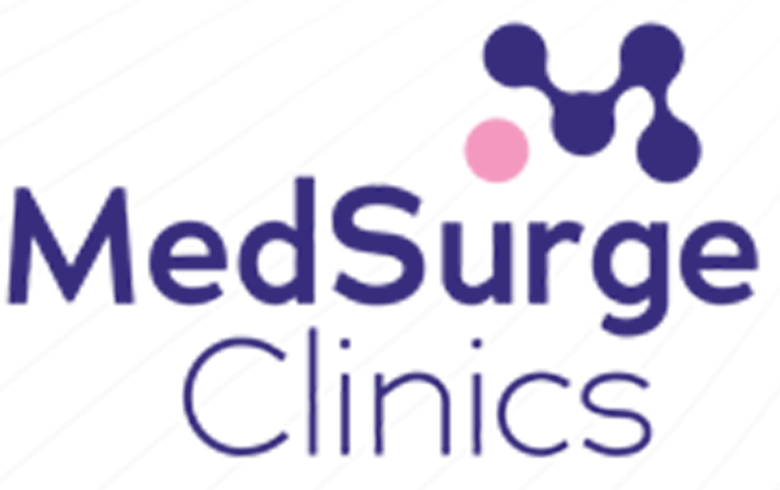
Pregnancy is a joyful experience, but it can also be challenging, especially when you have a high-risk pregnancy. High risk pregnancy occurs when the mother or baby has a medical condition that increases the risk of complications during pregnancy, delivery, or after birth. Some of the common medical conditions that lead to high-risk pregnancy include gestational diabetes, preeclampsia, preterm labor, multiple pregnancy, and fetal growth restriction.
If you are experiencing a high-risk pregnancy, you might be worried about the safety of your delivery. But with proper care and management, you can ensure a safe and healthy delivery. Here are some tips that can help:
- Choose a healthcare provider with expertise in high-risk pregnancy. One of the most crucial steps to ensure a safe and healthy delivery is to choose a healthcare provider with expertise in high-risk pregnancy. Your provider should be able to monitor your condition and provide the necessary care and support throughout your pregnancy, delivery, and postpartum period.
- Attend all your prenatal appointments Prenatal appointments are essential, especially for high-risk pregnancies. They allow your healthcare provider to monitor your condition, track your baby’s growth and development, and detect any potential problems early on. By attending all your prenatal appointments, you can ensure that you and your baby receive the necessary care and support.
- Follow a healthy lifestyle Maintaining a healthy lifestyle is crucial for a safe and healthy delivery. Make sure to eat a balanced diet, stay hydrated, get enough rest, and avoid smoking, alcohol, and drugs. Your healthcare provider may also recommend specific exercises or activities that are safe for you and your baby.
- Manage your medical condition If you have a medical condition that increases the risk of complications during pregnancy, such as gestational diabetes or preeclampsia, it’s essential to manage it properly. Follow your healthcare provider’s recommendations, take any prescribed medications, and monitor your condition regularly.
- Plan for a safe delivery Planning for a safe delivery is crucial for high-risk pregnancies. Talk to your healthcare provider about your delivery options and any potential risks. You may need to deliver your baby in a hospital with a neonatal intensive care unit (NICU) or have a cesarean delivery if vaginal delivery poses a risk to you or your baby.
In conclusion, a high-risk pregnancy can be challenging, but with proper care and management, you can ensure a safe and healthy delivery. Choose a healthcare provider with expertise in high-risk pregnancy, attend all your prenatal appointments, follow a healthy lifestyle, manage your medical condition, and plan for a safe delivery. By doing so, you can increase your chances of delivering a healthy baby and having a safe and successful delivery.


